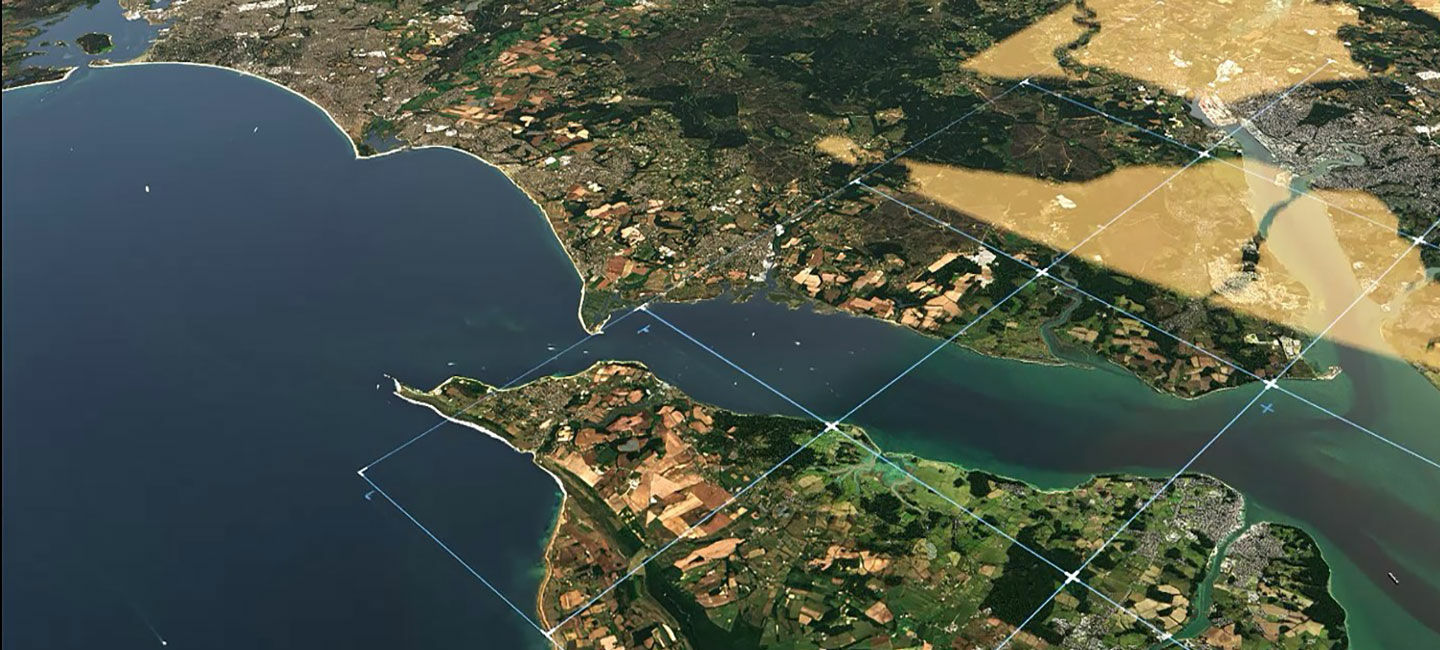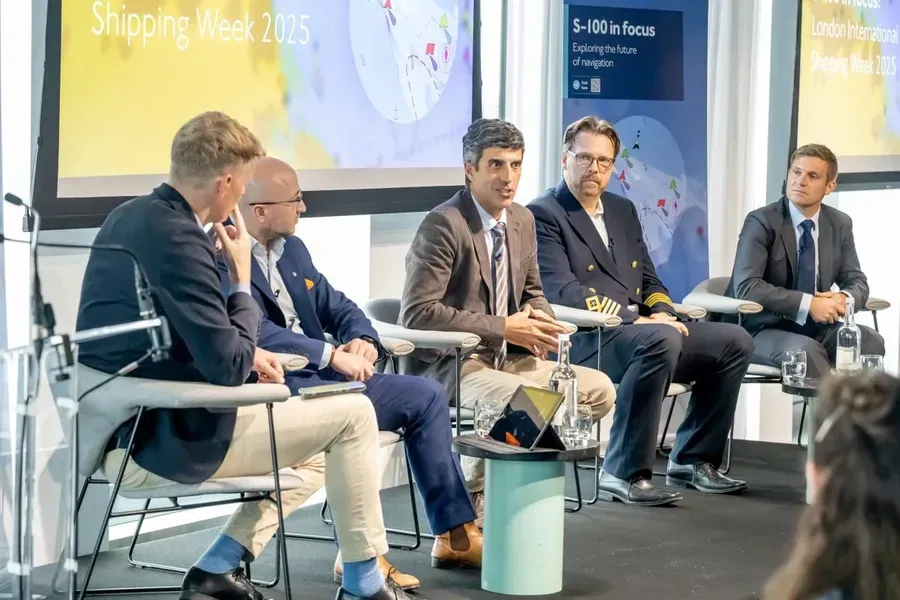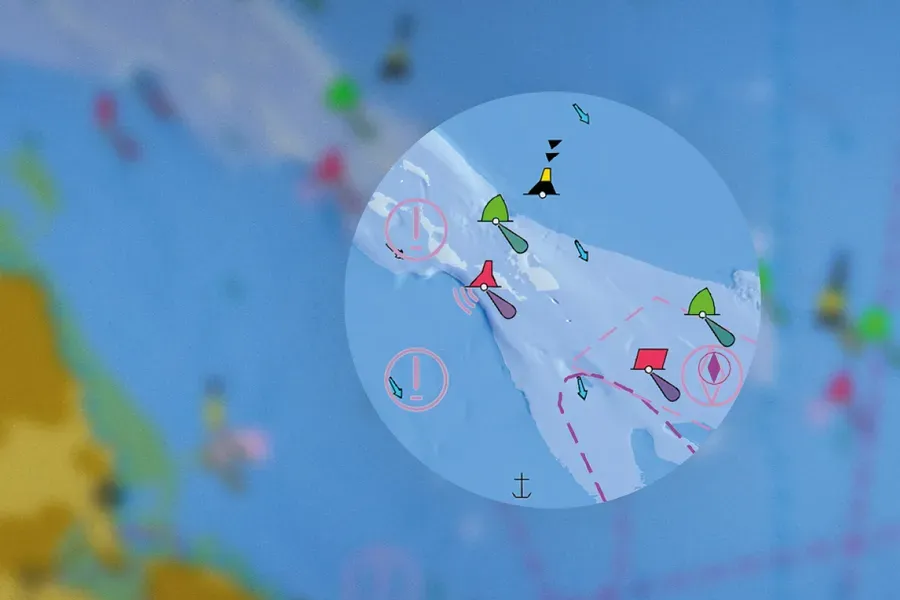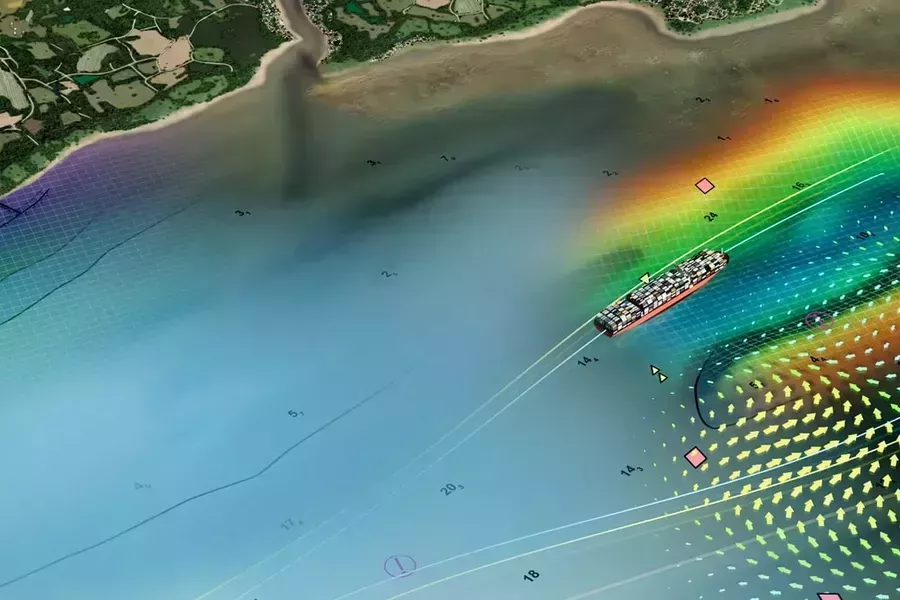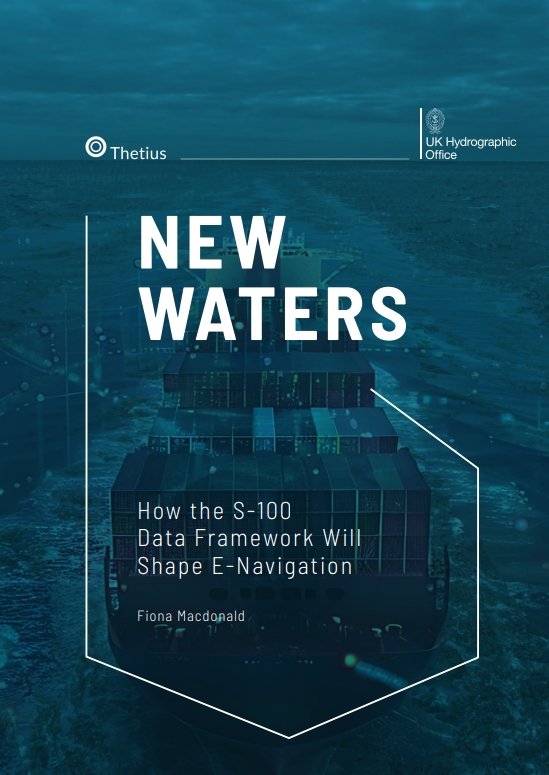
The UK Hydrographic Office (UKHO) has launched a new report, created by maritime technology research company, Thetius, exploring the key steps to supporting the successful adoption of the International Hydrographic Organization’s (IHO) S-100 data framework.
While new S-100 standards are set to support the maritime industry with some of its most pressing challenges – including decarbonisation, cyber security, safety and efficiency – there are challenges to adoption that must be addressed.
'New Waters: How the S-100 data framework will shape e-navigation’ aims to support industry professionals by providing context and insight on S-100 and its role in the next generation of digital navigation solutions.
Based on the findings of a comprehensive maritime research project, the report highlights the need for cross-industry collaboration, communication and effective training to support the adoption of S-100. It also explores the need for revised safety management and communication infrastructure systems, and tactful preparation for a ‘dual-fuel’ model system to equip the industry with the knowledge and processes needed ahead of the transition.
Supporting evolving needs
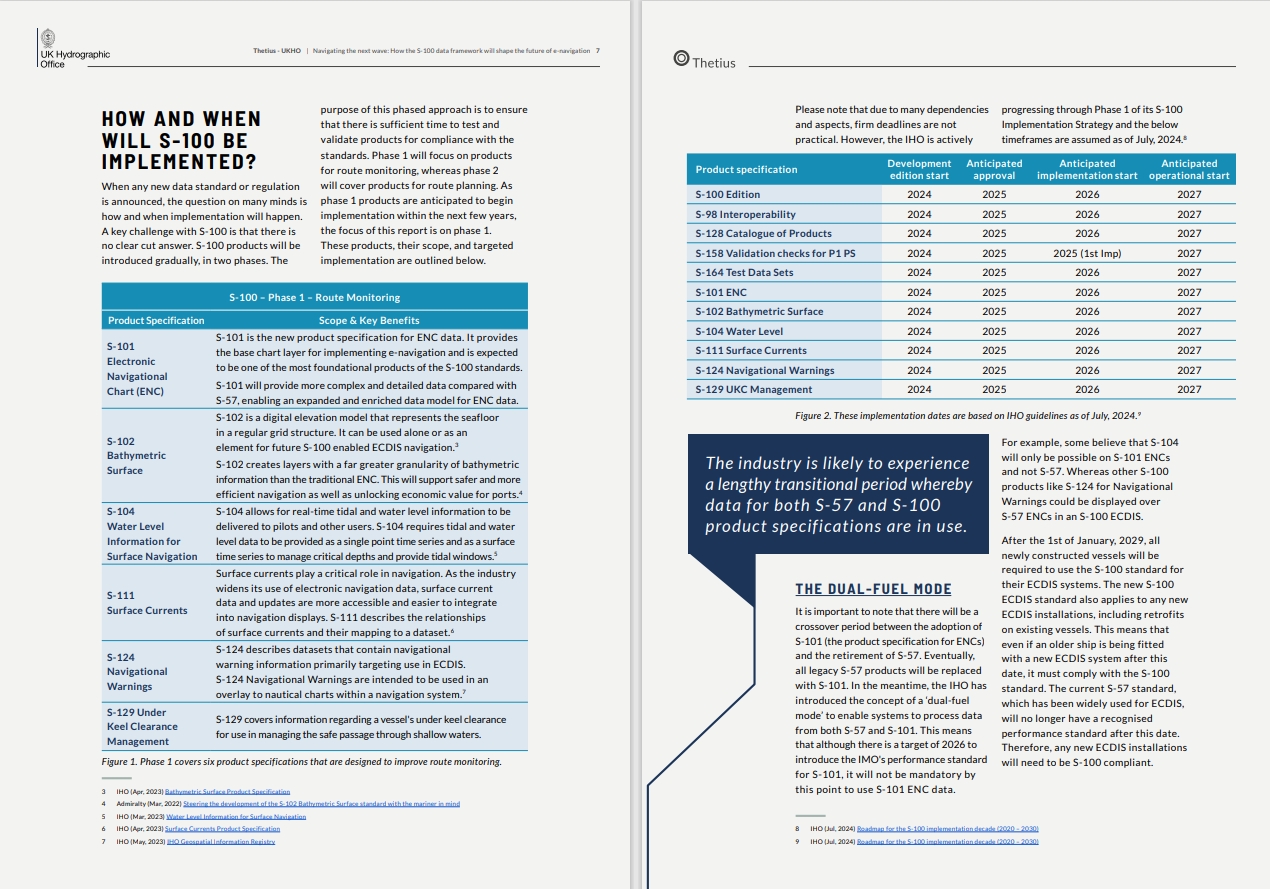
S-100 has been developed by the International Hydrographic Organization (IHO) as a universal data framework that will enrich and enhance the way maritime data is collected, shared and utilised. This is set to replace the S-57 performance standard, which currently underpins Electronic Navigational Charts (ENCs) in use today.
The report delves into some of the limitations of S-57 in an increasingly connected maritime industry, including the constraints in integrating current ENCs with wider data sets or emerging technologies such as autonomous vessels. The S-100 framework aims to address these challenges and meet the evolving demands of modern navigation. New standards will offer advancements in interoperability, data standardisation and cybersecurity, as well as improved data exchange, real-time streaming, and integration of dynamic data – all designed to enhance navigational safety and efficiency.
The research also highlights the steps required for a smooth adoption. Overcoming technical, operational and organisational hurdles will involve updating digital infrastructures, training personnel to manage new systems, and ensuring data accuracy and consistency.
Key recommendations
Following this research, the report makes five key recommendations:
1. Foster collaboration and communication - Ensuring stakeholders across the industry are working together will be necessary to ensure consistency and interoperability of the data and systems.
2. Consider new training modules - Dynamic training modules will be critical in the successful introduction of S-100 to ensure maritime professionals are working with systems they can understand and implement effectively.
3. Revise safety management system (SMS) - SMS practices will need to be updated to ensure they align with these new data standards, ensuring secure data exchange in maritime environments.
4. Invest in VHF Data Exchange System (VDEs) and Low Earth Orbit (LEO) satellite connectivity - Industry stakeholders should consider how and when to invest in communication infrastructure, to ensure their vessels are ready for S-100 products.
5. Prepare and plan for the dual-fuel ECDIS period - During this transition phase, stakeholders must ensure their systems can handle both S-57 and S-100 data formats.
These recommendations are based on comprehensive research undertaken by Thetius, following detailed discussions with a variety of representatives from across the maritime industry. Thetius support a wide range of maritime industry leaders in providing research and insight to inform strategic technology decisions, and work with industry operators, technology suppliers and investors.
BodyThe report builds on the existing work undertaken by our teams to help develop, test and implement S-100 data sets alongside our partners, including conducting real world sea trials to ensure their effectiveness. We are dedicated to continuing this cross-industry collaboration to help users realise the substantial benefits that S-100 has to offer, helping to support safer, more efficient and more responsible use of the world’s oceans.
BodyDeveloped in partnership with the UKHO, this report reflects our shared commitment to the future of maritime navigation. By exploring the transition from current S-57 ENCs to S-100 based solutions, the report examines both the opportunities and challenges of this transformative framework. We hope this research provides users, operators and the wider maritime industry with valuable insights to navigate the changing landscape with confidence.
View the full report
To find out more and access the full version of 'New Waters: How the S-100 data framework will shape e-navigation', visit the Thetius website to download the report.


